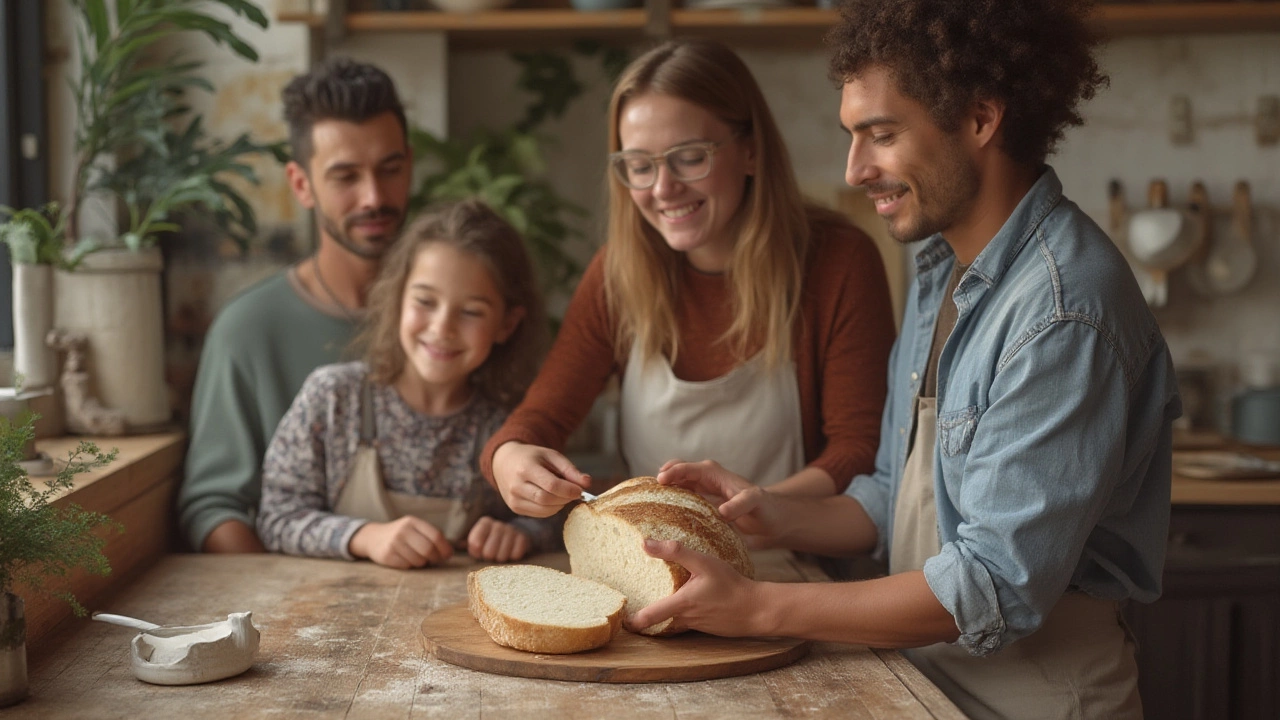
Is Sourdough Bread Gluten-Free? What You Need to Know
Diving into whether sourdough bread is gluten-free or safe for those with celiac, with real-world tips and easy-to-understand science.
If you’ve ever tried to bake without gluten, you probably know it can feel like a puzzle. The good news? You don’t need a PhD in chemistry to get great results. With the right flour blend, a few smart tricks, and a bit of confidence, you can create cakes, cookies, and brownies that are just as moist and tasty as their wheat‑based cousins.
The biggest difference between regular and gluten‑free baking is the structure. Wheat flour gets its strength from gluten, so you’ll need a mix that mimics that elasticity. A common combo is rice flour, tapioca starch, and potato starch in equal parts. Add a spoonful of xanthan gum or guar gum if the blend doesn’t already contain it – this helps bind everything together and prevents crumbly results.
Gluten‑free batters tend to dry out faster, so boosting moisture is key. Use ingredients like applesauce, yogurt, or even a splash of orange juice to keep the crumb soft. Don’t skip the eggs unless you’re aiming for a vegan version; they provide essential structure and lift. If a recipe calls for butter, consider swapping half of it with coconut oil for extra tenderness.
Another handy tip is to let the batter rest for 10‑15 minutes before baking. This gives the starches time to hydrate, which improves texture and helps the batter thicken. It’s a simple step that can make a big difference, especially for muffins and cupcakes.
When it comes to leavening, stick to the recommended amount of baking powder or soda. Gluten‑free flours can be denser, so a little extra lift ensures your cakes rise properly. If you’re using a combination of baking powder and baking soda, remember to balance the acidity with a touch of lemon juice or vinegar.
Storage matters too. Gluten‑free baked goods can dry out quicker, so wrap them tightly in foil or store in an airtight container. A slice of bread placed on top of a cake can help retain moisture for a few extra days.
Ready to try a recipe? Start with a simple chocolate brownie that swaps all‑purpose flour for a 1‑to‑1 gluten‑free blend. Add a tablespoon of maple syrup for extra chew, and you’ll have a fudgy treat that satisfies any sweet tooth. For a quick breakfast, whisk together oat flour, mashed banana, and a dash of cinnamon for fluffy pancakes that stay soft even after cooling.
Gluten‑free baking doesn’t have to be intimidating. With the right flour mix, moisture tricks, and a bit of patience, you’ll be churning out delicious treats that anyone can enjoy. Keep experimenting, note what works, and soon you’ll have a go‑to collection of reliable, tasty recipes.

Diving into whether sourdough bread is gluten-free or safe for those with celiac, with real-world tips and easy-to-understand science.
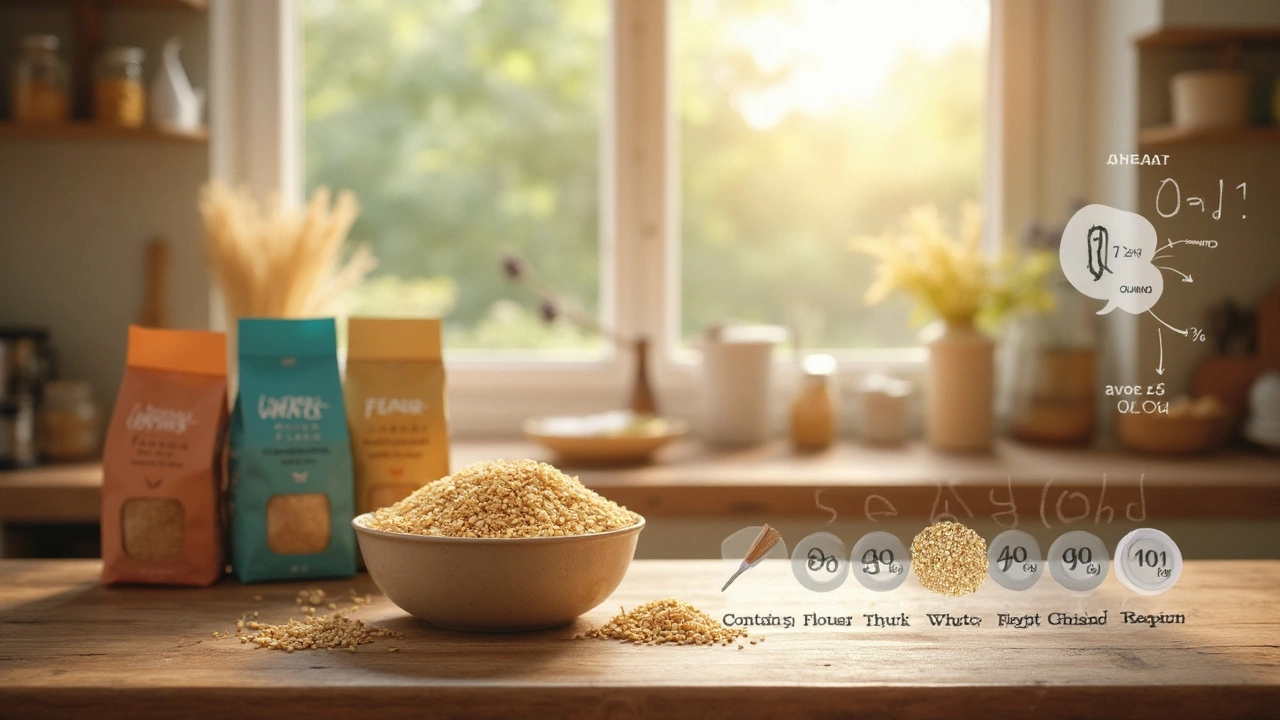
Wondering if couscous is gluten-free? This article breaks down what couscous is, whether it’s safe for people with gluten intolerance or celiac disease, and how it fits into gluten-free baking. You’ll find tips for picking safe alternatives and learn how cross-contamination sneaks in. Get the facts and some clever swaps so you don't miss out on your favorite dishes.
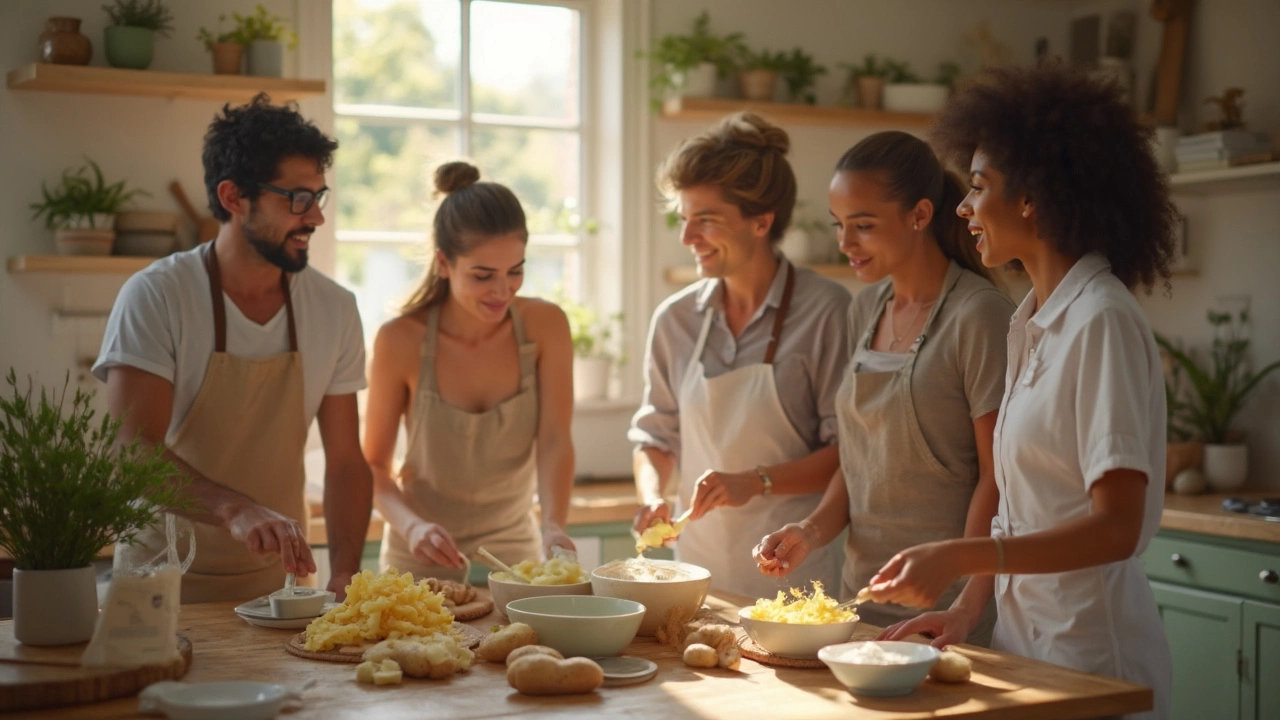
Potatoes are a staple, but do they contain gluten? This article explores whether potatoes are safe for people who need to avoid gluten, especially if you love baking gluten-free cakes. Learn which forms of potatoes to trust, which to be careful with, and get simple tips to keep your kitchen safe. Find out how potatoes can be your secret weapon for light, fluffy, gluten-free treats. No fluff, just the facts and practical ideas you can use right now.
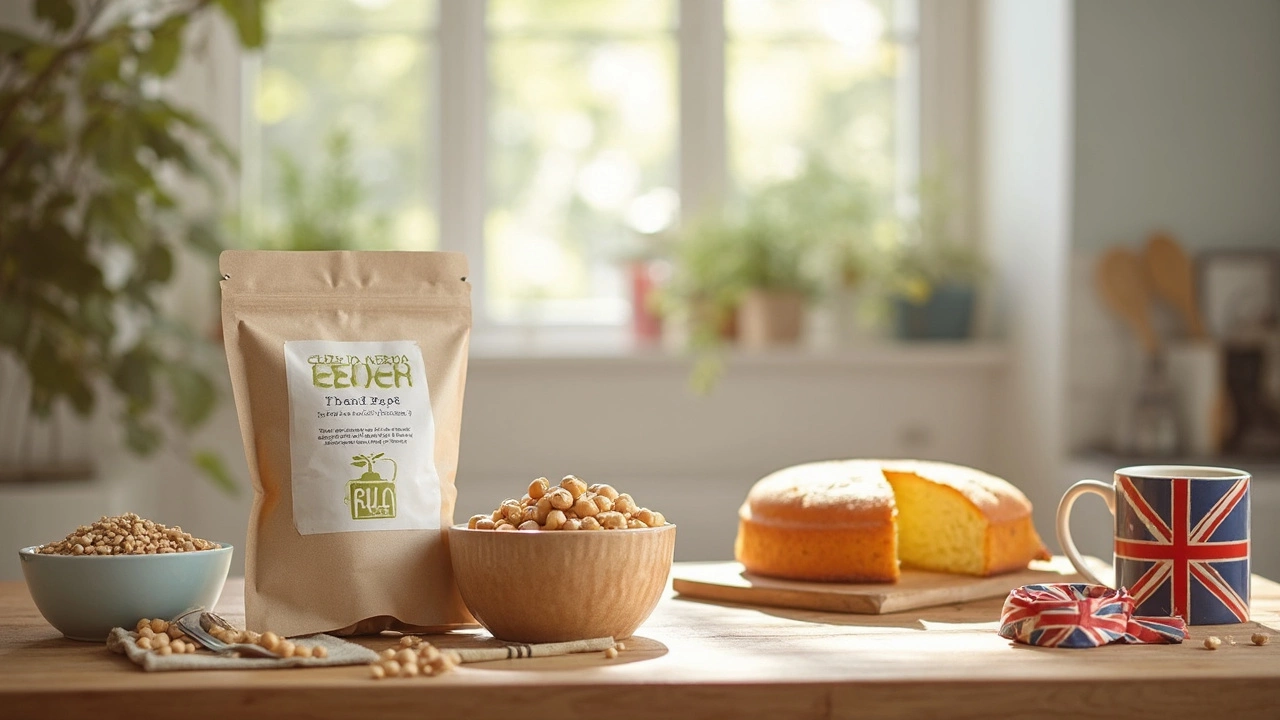
Wondering if chickpeas are safe for gluten-free baking? This article breaks down whether chickpeas contain gluten and explains why they’re a popular choice for gluten-free cakes. You’ll get clear facts, practical tips, and clever ways to use chickpeas, including how to avoid hidden gluten. By the end, you’ll feel confident using chickpeas in your next gluten-free recipe, even if you’re new to this. Find out how to swap chickpeas for classic flours and make your cakes taste great.
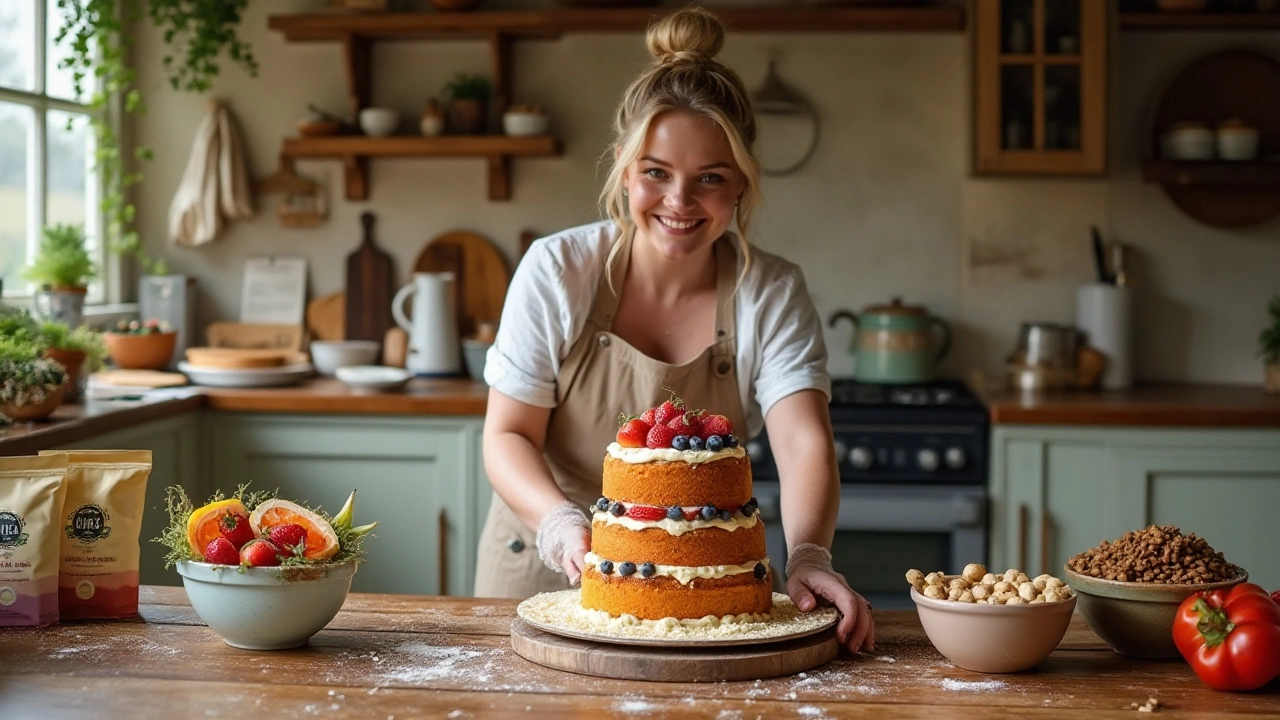
In recent years, the gluten-free trend has gained significant momentum, prompting many to question the reasons behind it. This article delves into the rising popularity of gluten-free cakes, exploring whether it's a resourceful dietary choice or just another health fad. Readers will discover the essential facts about gluten, its effects on different individuals, and tips for making scrumptious gluten-free cakes. Whether for health reasons or simply a curiosity about new food trends, understanding gluten-free living can add a new perspective to your cooking and eating habits.